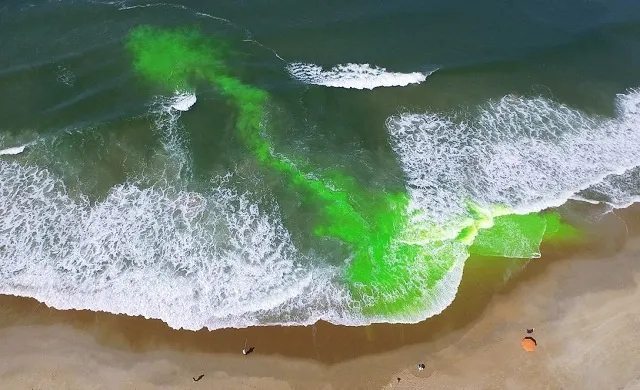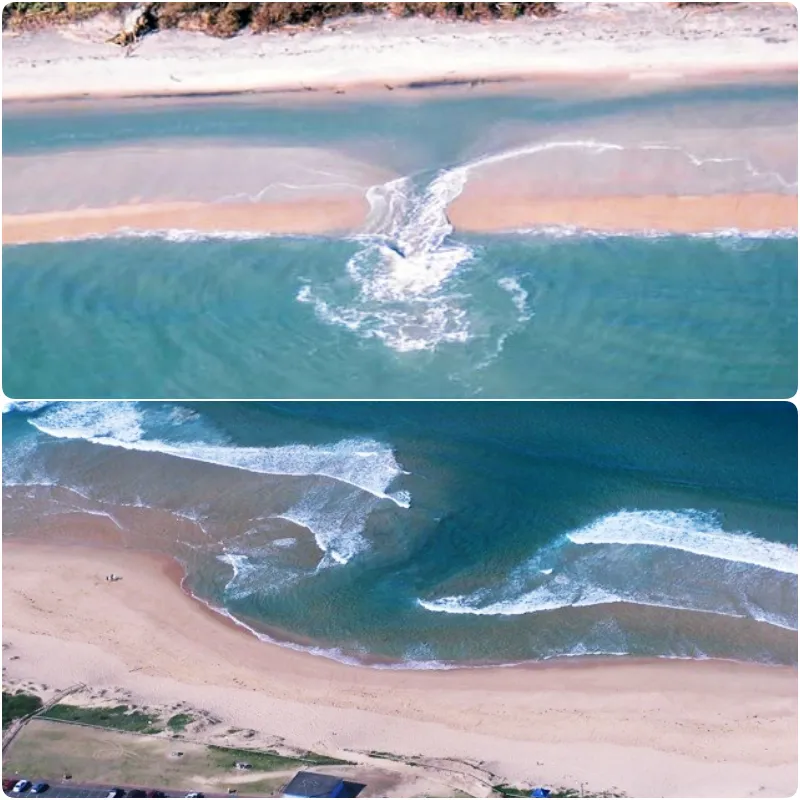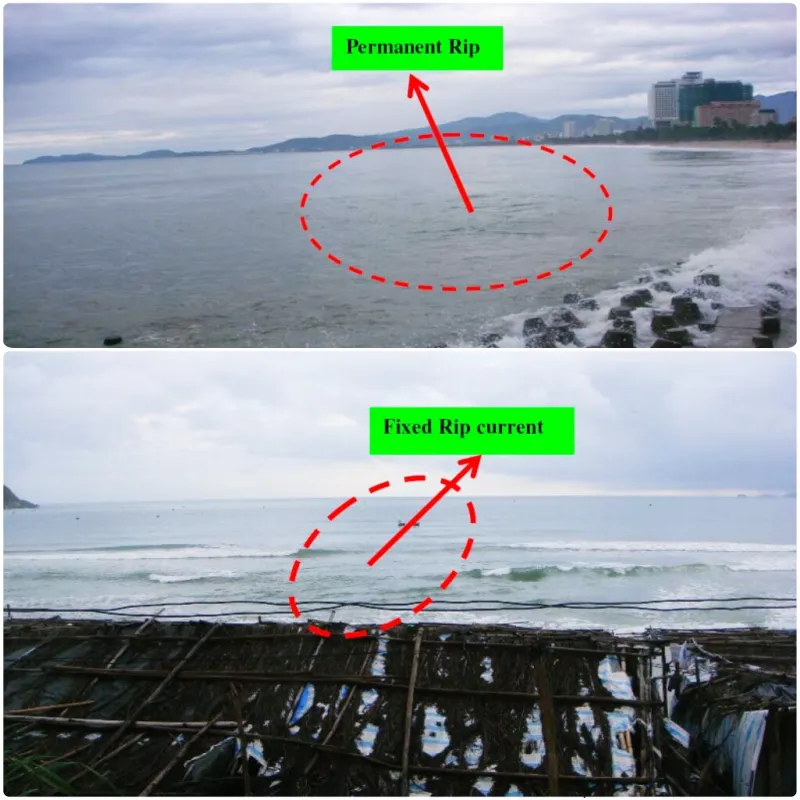
Rip Currents: A Natural Hazard to Watch Out For
Rip currents are a hydrodynamic phenomenon commonly found at beaches worldwide. They are one of the most significant natural dangers for beachgoers, regardless of their swimming skills.

What Are Rip Currents?
Rip currents are powerful, narrow channels of fast-moving water that flow from the shore out to the sea. They typically occur when waves crash onto the shore, and the seawater needs to find a way back to the open ocean. When this water is funneled through a narrow gap between sandbars or coral reefs, it creates a strong current flowing away from the shore.
The Dangers of Rip Currents
Rip currents can flow at speeds ranging from 0.5 to 2.5 meters per second, faster than even a professional swimmer. As a result, those caught in a rip current often panic and attempt to swim against it, leading to exhaustion and an increased risk of drowning.
One notable point is that rip currents are often difficult to detect, especially for those unfamiliar with the ocean. They can appear as a calm area between breaking waves, leading many to mistakenly believe it is a safe zone.
How to Identify Rip Currents
While challenging to recognize, some signs can help identify a rip current:
- A section of water with a different color than the surrounding areas, often darker.
- A patch of water that appears calmer or with fewer waves compared to nearby areas.
- A line of foam or seaweed extending from the shore out to the ocean.

How to Escape a Rip Current
If caught in a rip current, the most important thing is to stay calm. Instead of trying to swim directly against the current, swim parallel to the shore to escape its grip. Once you are out of the current, you can swim back to the beach at an angle or let the waves carry you back.
If you cannot swim out, signal for help and float to conserve energy. This increases your chances of survival until help arrives.
Preventive Measures

- Always swim at beaches with lifeguards.
- Learn about the ocean and the signs of rip currents before swimming.
- Follow the instructions and flags on the beach.
Rip currents are a hazard that should not be underestimated, but with proper knowledge and calm responses, you can protect yourself and others from this danger.






